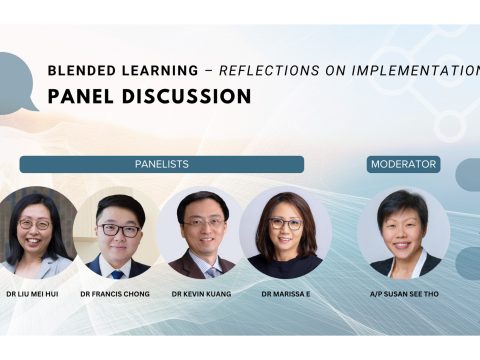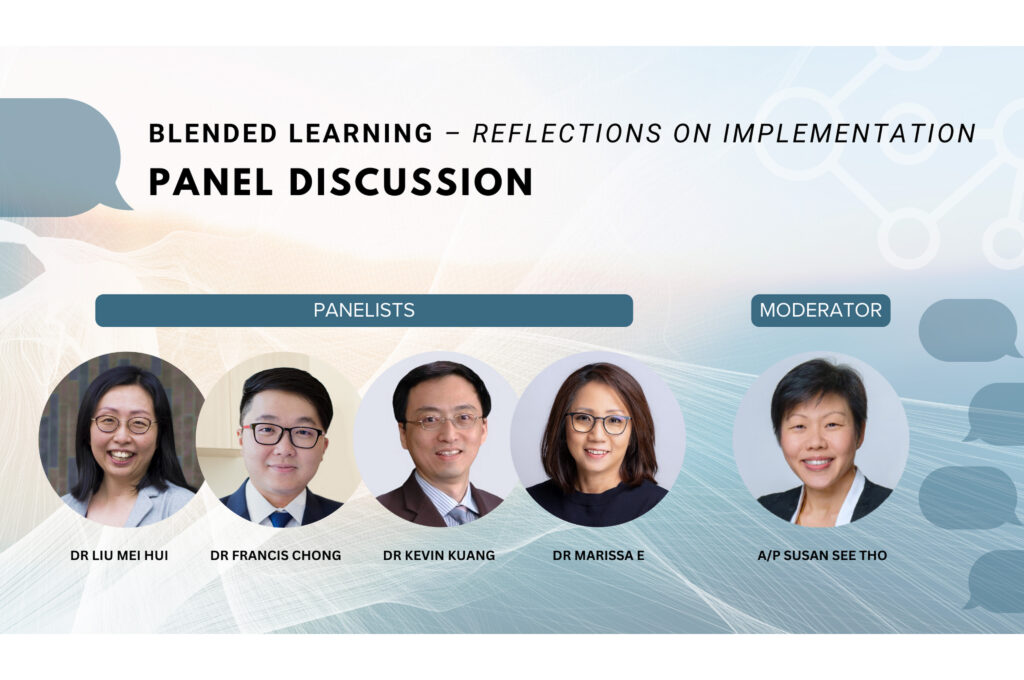This section is concerned with instructional strategies on how teachers teach and support students’ learning.
To be updated in due course
To be updated in due course
This section is concerned with the development of goals, content, structure, activities and resources, and how they are integrated to construct a course for learners.
To be updated in due course
To be updated in due course
This section is concerned with the design, construction, performance and evaluation of assessment, with a focus on improving teaching and learning
To be updated in due course
To be updated in due course
This section is concerned with the design, provision, reception and use of feedback to enhancing teaching and learning.
To be updated in due course
To be updated in due course
To be updated in due course
To be updated in due course
To be updated in due course
To be updated in due course
To be updated in due course
To be updated in due course
To be updated in due course
To be updated in due course





